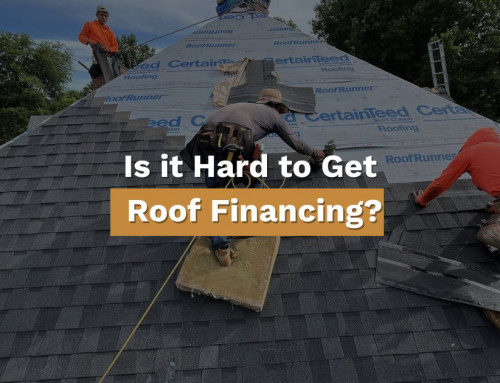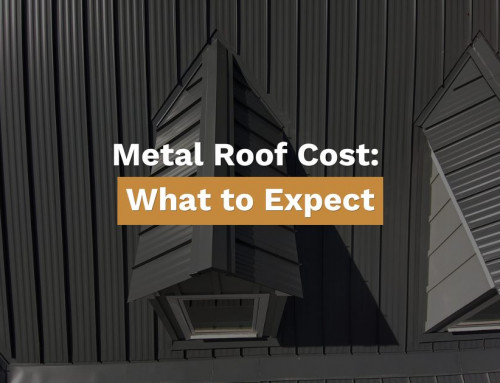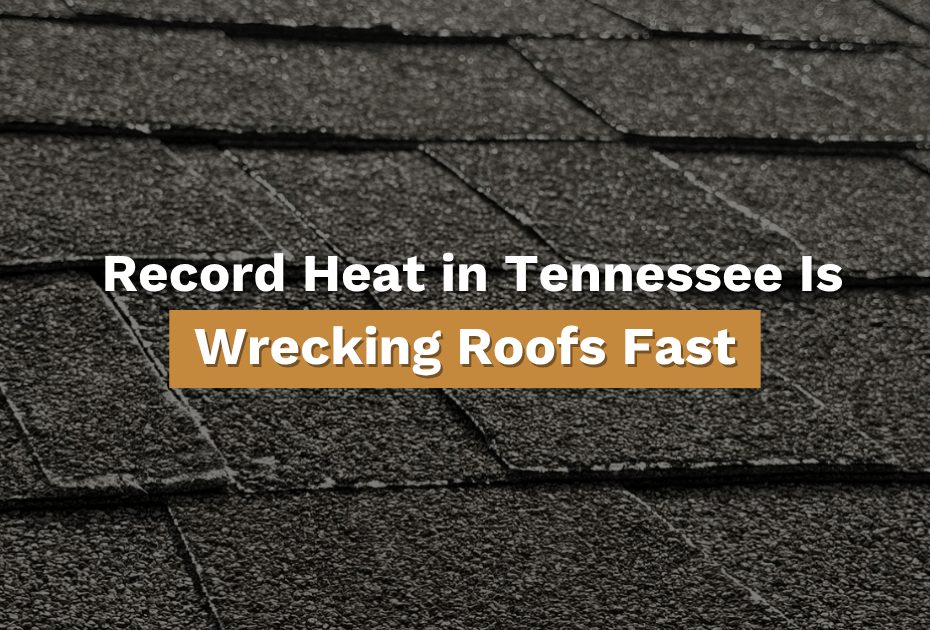
Highlights for Heatwave Information for Tennessee Homeowners
How Record Heat in Tennessee Is Wrecking Roofs. In Middle Tennessee, the summer of 2025 has delivered record-breaking heat, threatening the integrity of every roofing system. With high temperatures, UV rays, and solar radiation baking rooftops, homeowners are noticing the impact—especially those with asphalt shingles. Heat damage to roof shingles is increasing rapidly, often leading to cracked shingles, leaks, and increased energy costs. This article breaks down how extreme temperatures destroy roofs, how to identify warning signs, and how to protect your entire home from heat-related issues during the summer months.
Table of Contents
Why Tennessee Roofs Are at Risk from Record Heat
Tennessee's record-breaking heatwaves are putting unprecedented stress on roofs across the state, especially those covered with asphalt shingles. As extreme heat becomes the new normal during the summer months, many homeowners are discovering just how quickly heat can cause damage to their roofing materials. Asphalt shingles, in particular, are vulnerable to the effects of prolonged sun exposure, which can lead to cracking, curling, and the loss of protective granules. Without proper ventilation, the heat trapped in your attic can accelerate these problems, reducing your roof's lifespan and increasing the risk of heat-related issues throughout your home. Regular roof inspections and the use of heat-resistant materials are now essential steps for anyone looking to protect their investment. In this article, we'll explore which types of roofs are most at risk from heat damage and share practical tips to help you keep your roof—and your home—safe from the challenges of Tennessee's intense summer heat.

Heat Damage to Tennessee Shingles
Middle Tennessee is facing a crisis above our heads. With each extremely hot day, asphalt shingle roofs are weakening under the stress of direct sunlight and intense heat. From Nashville to Murfreesboro, many homeowners are reporting major problems caused by the prolonged exposure to the sun's rays. What was once a cosmetic concern has become a trigger for structural damage, structural problems, mold growth, and skyrocketing energy efficiency concerns. The materials you trust to shelter your family are breaking down faster than expected. The combination of poor ventilation, heat, and the wrong roofing materials is shortening every roof's lifespan, impacting curb appeal, and threatening indoor comfort. Whether you own a home with flat roofs, metal roofing, or traditional shingles, learning how heat affects your roof is critical.
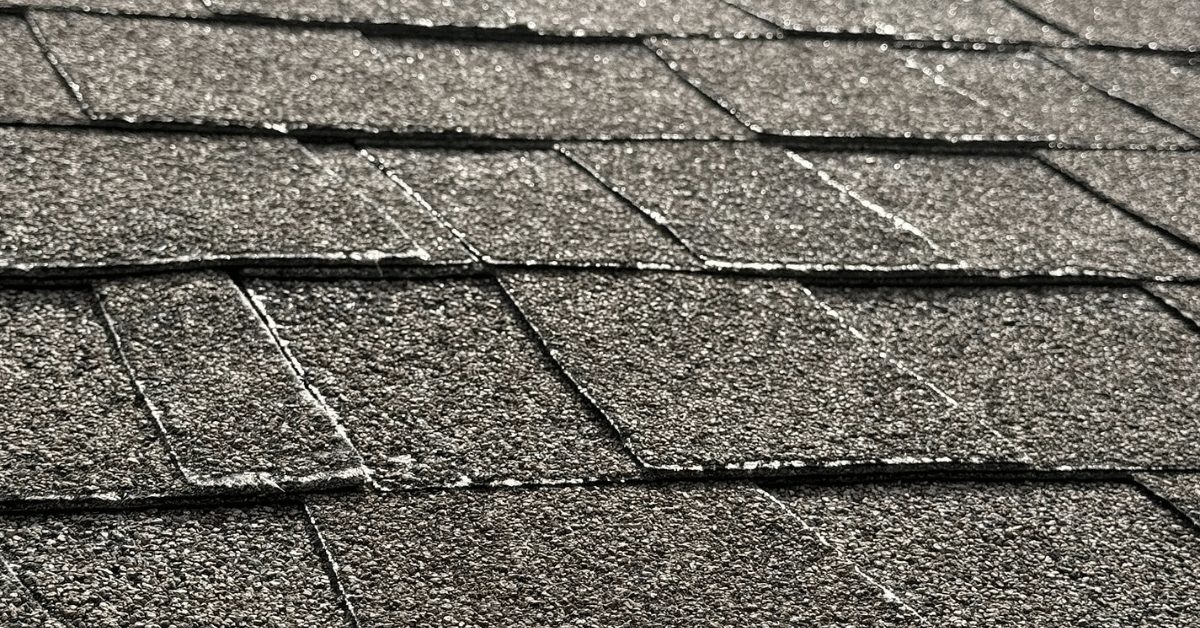
The Science: How Heat Damages Asphalt Shingles
Thermal Expansion and Contraction (Thermal Shock)
When your roof heats up during hot days, it expands. At night, it contracts. This cycle, known as thermal movement, leads to visible problems like cracked shingles and invisible ones like loosening fasteners. Over time, this weakens the entire roof. Asphalt becomes brittle, curling begins, and heat damage takes over. Homes with an old roof, especially those without a proper ventilation system, are seeing shingles peel back and roof damage accelerate. Heat can cause even newly installed materials to fail if not designed for Tennessee's local climate. Roofing shingles that meet national standards may not be enough to withstand the current summer heat of 2025.
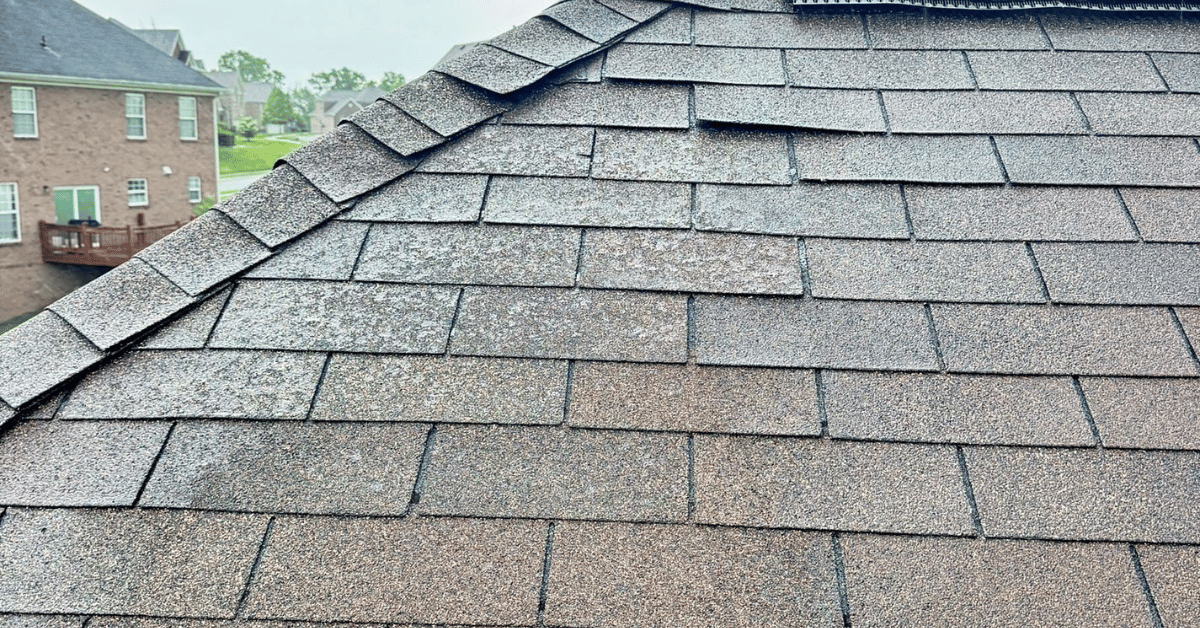
UV Radiation & Granule Loss
Granules serve as the protective granules on shingles, shielding them from UV exposure and water infiltration. With sun exposure increasing daily, those granules are wearing away. This leaves the asphalt roof more vulnerable to both heat-related issues and wind damage. The moment you notice granules in your gutters is the moment your roof is no longer fully protected. In Gallatin, a homeowner recently discovered this during a professional roof inspection. The results? Full roof replacement and significant roof repairs—all from ignoring the common signs of granule loss. Without granules, UV damage escalates, leading to necessary repairs in a matter of months, not years.
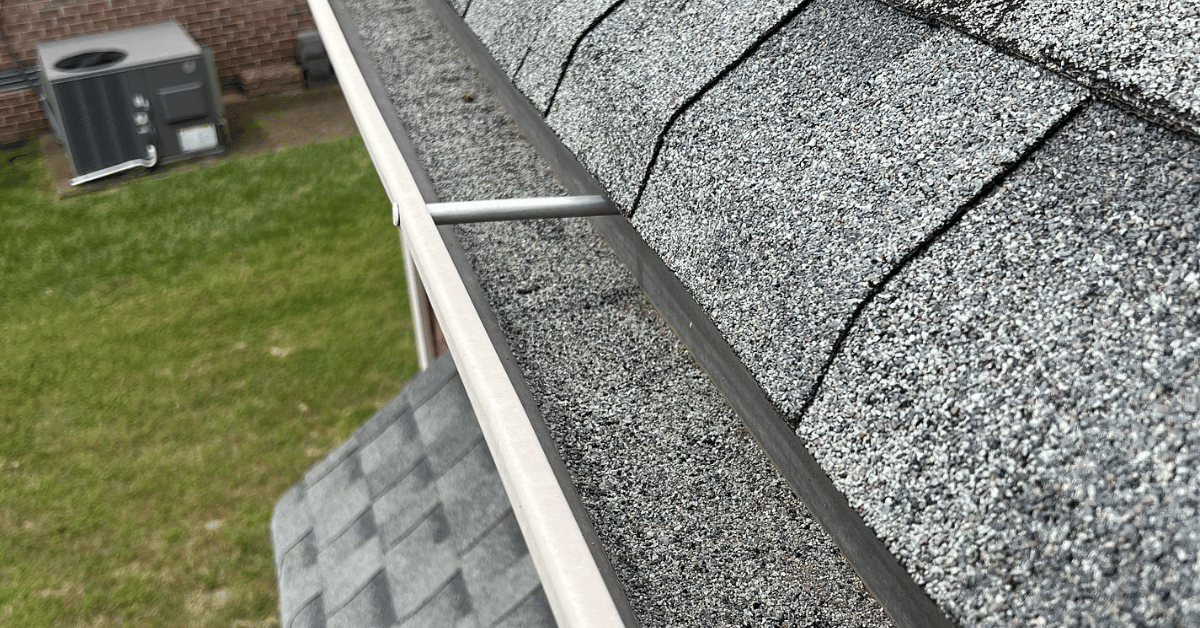
Heat Blisters on Roof Shingles
A newer threat is blistering—raised bumps on shingles caused by trapped moisture reacting to excessive heat. These blisters can pop, crack, and tear through shingles, opening the door to hail storms, rain, and even pests. Combined with poor ventilation, these blisters reduce energy efficiency and damage your roof from the inside out. Shingles with such damage are no longer structurally sound. Replacing a few blisters may lead to replacing your entire roof, especially when summer storms follow. Keeping your roof inspected during summer months is now more important than ever.
Types of Roofs Most Vulnerable to Heat Damage
Not all roofs are created equal when it comes to withstanding Tennessee's extreme heat. The type of roofing material and the design of your roof play a major role in how well your home stands up to high temperatures. Some roofs are more prone to heat damage, while others offer better protection against the relentless sun. Understanding the strengths and weaknesses of different roofing systems can help you make informed decisions about maintenance, repairs, and upgrades.
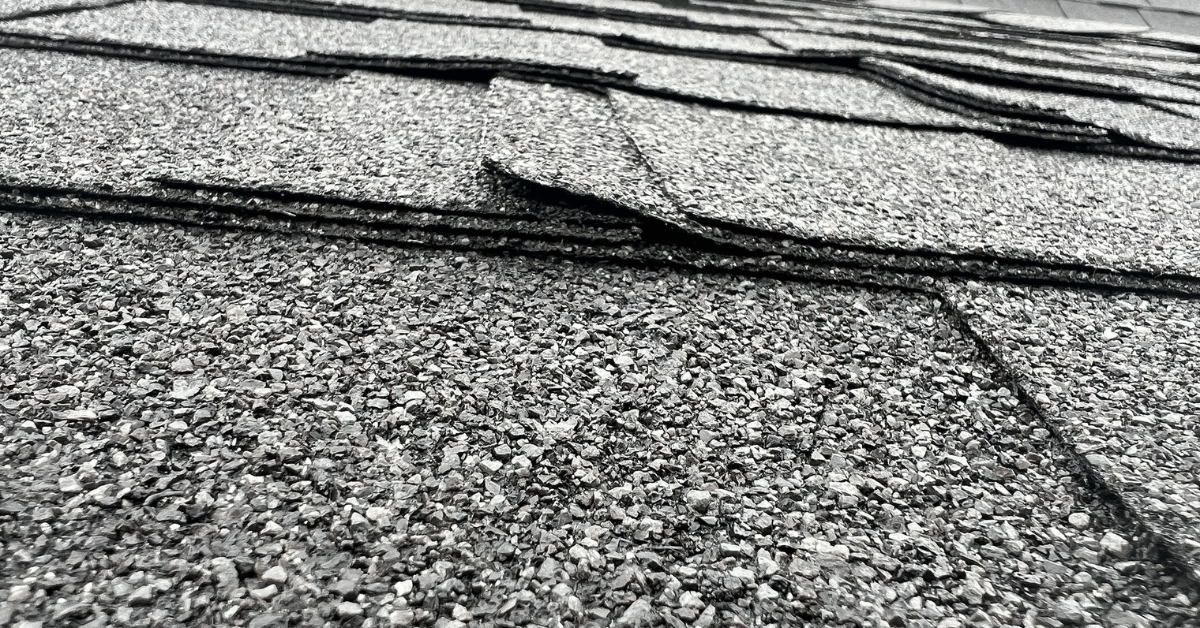
Asphalt Shingles vs. Metal and Tile Roofs
Asphalt shingles are the most popular roofing material in Tennessee, but they're also among the most susceptible to heat damage. When exposed to extreme heat, asphalt shingles can crack, curl, or lose their protective granules, leaving your roofing system vulnerable to leaks and further deterioration. Prolonged exposure to high temperatures accelerates the breakdown of asphalt, making regular roof inspections crucial for catching early signs of trouble. In contrast, metal roofing and tile roofs are designed to handle more heat. Metal roofing reflects much of the sun's rays, helping to keep your home cooler and reducing the risk of heat-related damage. Tile roofs, while heavy, are naturally heat-resistant and can withstand higher temperatures without significant wear. However, each material has its own considerations—metal roofing can be noisy during summer storms, and tile roofs may require additional structural support. No matter which roofing material you have, regular roof inspections and prompt repairs are key to maintaining a durable, long-lasting roof in Tennessee's challenging climate.
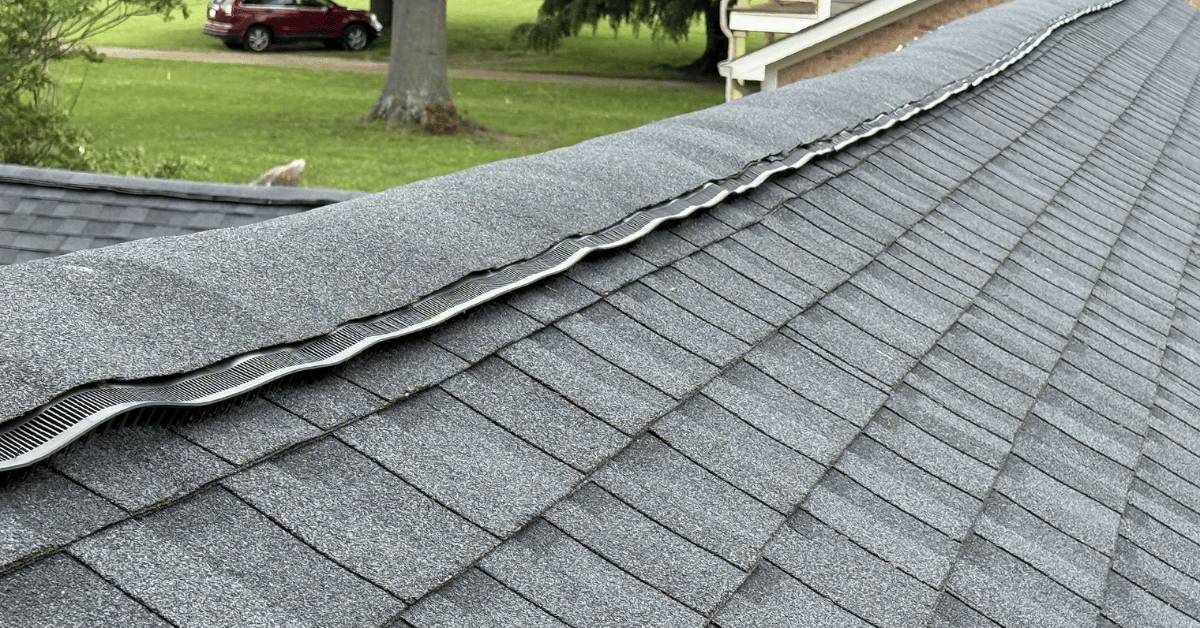
Flat vs. Pitched Roofs in Extreme Heat
The shape of your roof also affects how it handles extreme heat. Flat roofs, which are common on commercial buildings and some modern homes, tend to absorb and retain more heat because their surfaces are exposed directly to the sun for longer periods. This can lead to increased moisture buildup and a higher risk of heat damage, especially if the roof lacks proper ventilation. On the other hand, pitched roofs allow for better runoff of rain and debris, but they're not immune to heat-related issues—particularly if they're covered with asphalt shingles or have poor ventilation. Without an effective ventilation system, even pitched roofs can suffer from trapped heat, leading to warped shingles and reduced roof lifespan. To protect both flat and pitched roofs from the effects of extreme heat, it's essential to ensure adequate ventilation and schedule regular maintenance. By keeping your roof cool and dry, you can minimize the risk of heat-related problems and extend the life of your roofing system.
Signs of Roof Damage from Extreme Heat
Visible Symptoms to Look for on a Roof
Do you see curling edges, blistered patches, or loose shingles? These are common signs of heat damage to roof shingles. On homes without heat-resistant materials, shingles often warp or lift under extreme heat. In Franklin, a homeowner found that just one month of direct sunlight exposure had compromised his entire front slope. Add in wind damage from a sudden storm, and that roof was done. Don't wait until major problems emerge. Have your roof inspected before the damage spreads to decking or insulation.
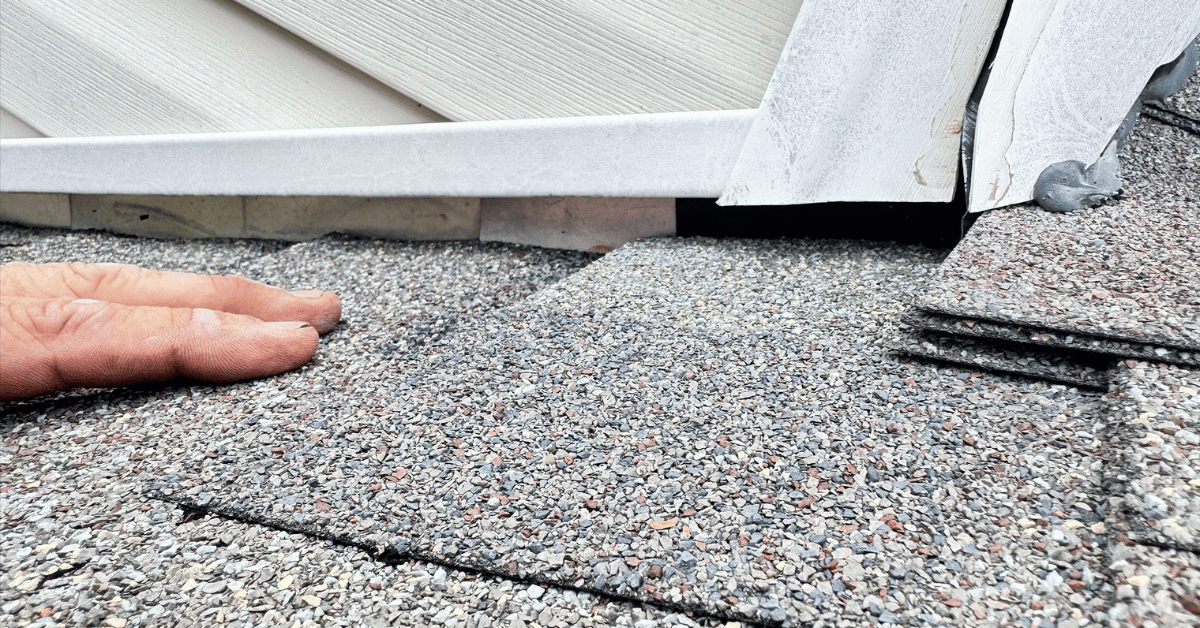
Hidden Red Flags Inside the Home
It's not just what's on your roof—it's what's happening beneath it. If your attic feels hotter than outdoors or your HVAC runs nonstop, you may have poor roof ventilation. That heat radiates downward, affecting the indoor comfort of your home. Higher energy bills are often a sign your roofing system is failing. Using proper roofing and insulation strategies can help keep a home cool during hot weather, improving energy efficiency and comfort. In Brentwood, one family discovered mold growth in their insulation—resulting from heat trapped in an unventilated attic. Only after a free estimate did they realize their roofing materials weren't suited for Tennessee's climate. Installing proper ventilation could've prevented it all.
Why Middle Tennessee Homes Are at High Risk
Summer 2025: Record-Breaking Heat
Meteorologists confirm 2025 has broken decades-old temperature records. In July alone, Nashville recorded ten days over 100°F. These extreme temperatures are more than a comfort issue—they're a construction threat. Roofs can reach temperatures of 160°F, especially darker colored roofing shingles. These hot days weaken asphalt's binding agents, making your asphalt shingle roof prone to failure. The region's local climate is no longer mild; it's aggressive toward materials unfit for the heat.
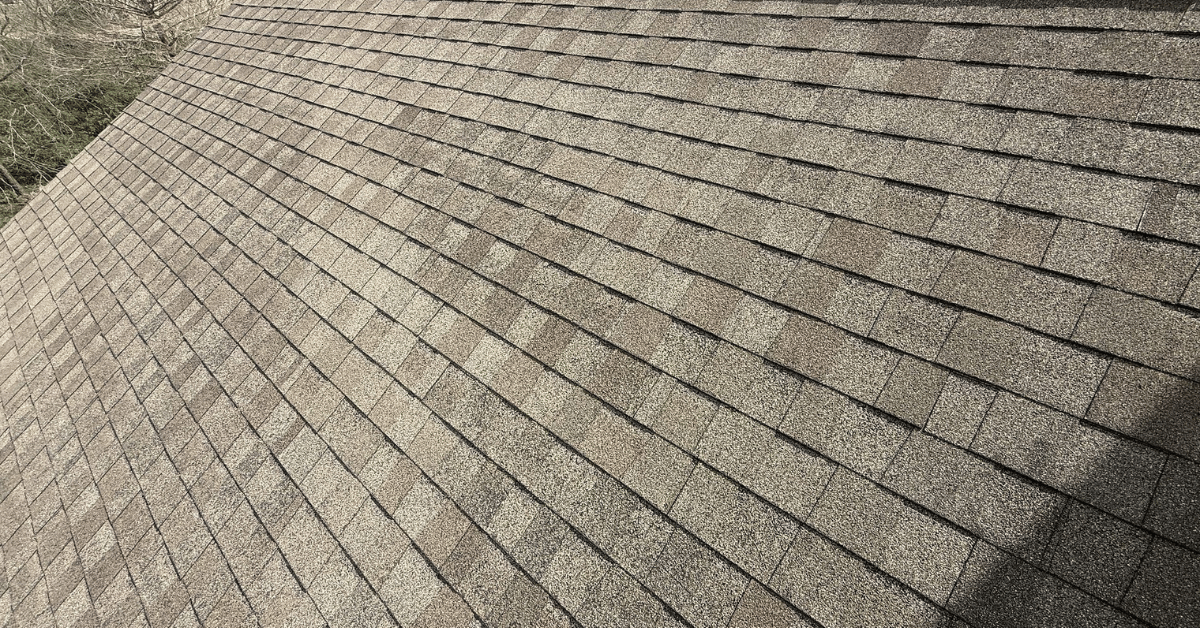
Roofs Not Built for Prolonged Heat
If your home has a roof built before 2010, odds are it lacks heat resistant materials or a high-performance ventilation system. Many of these roofs weren't designed to endure constant sun exposure. A new roof today must be built with summer months in mind—capable of shedding more heat, resisting UV rays, and withstanding sudden hail storms. Flat roofs, common on additions and carports, suffer even more under prolonged exposure, as they lack airflow to cool naturally.
Roofing Issues During a Heatwave
Attic Heat Buildup and Poor Ventilation
Attics can reach 140°F or higher without properly maintained roof ventilation. Without airflow from ridge vents, soffit vents, or attic fans, that trapped heat destroys shingle adhesive and degrades insulation. As the heat rises, so does your power bill. In Columbia, a free estimate from a contractor revealed attic air sitting 45°F hotter than outside. Proper ventilation systems are no longer optional—they are essential.
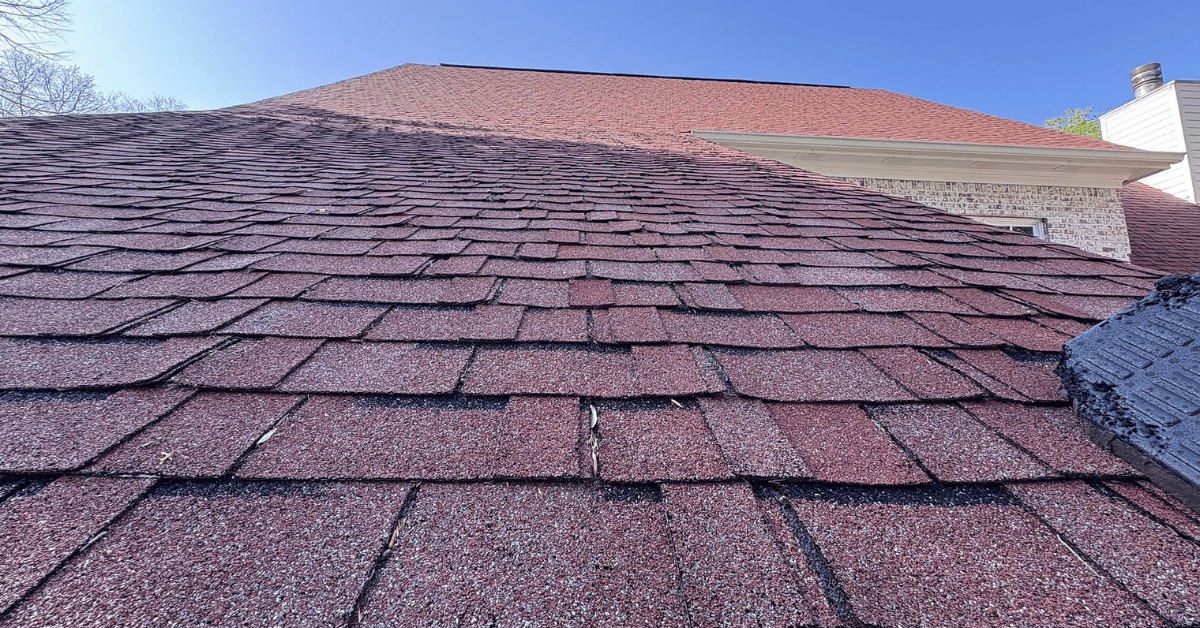
Roofing Material Matters
Whether you're planning a new roof, or updating an existing one, your roofing materials make all the difference. Metal roofing, asphalt shingles, and cool roof coatings all have different heat responses. Choose materials designed to resist UV exposure, handle thermal movement, and reflect sun's rays. Look for brands like GAF that offer enhanced granule protection and cool-roof certifications. Selecting heat-resistant materials can extend your roof's lifespan by preventing heat-related degradation. The right roofing shingles will keep your home cooler, last longer, and boost curb appeal.
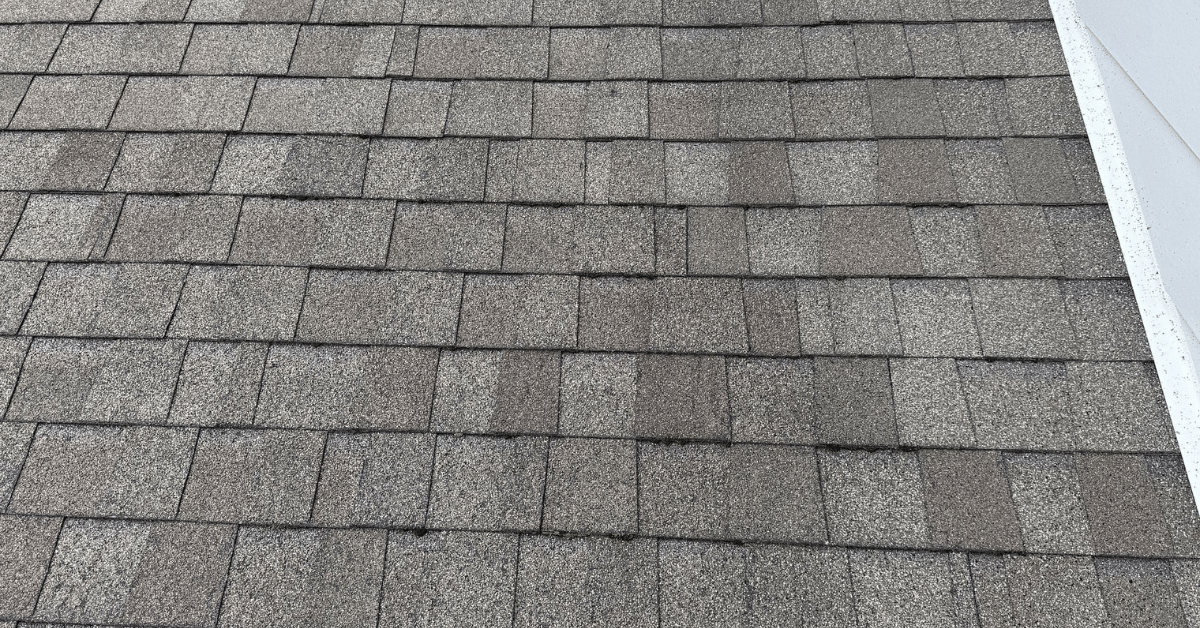
Protecting Your Roof from High Temperatures
Preventive Maintenance Steps
Protecting your roof starts with regular roof inspections. Clean out gutters, look for curling, and call a pro if you see signs of blistering or dark streaks. Even minor damage from summer heat can quickly become severe. Don't ignore the warning signs: loose nails, warped shingles, or attic odors. In Lebanon, a family avoided replacing their entire roof by spotting damage early and investing in minor roof repairs. They now follow a seasonal maintenance plan.
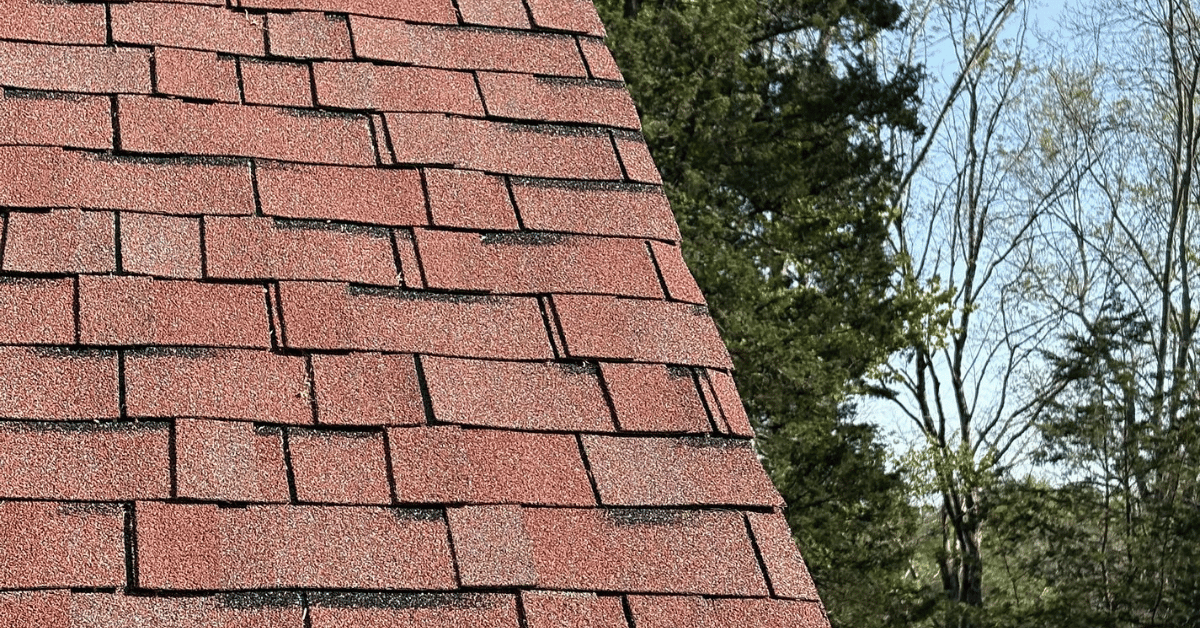
Upgrade Tips for Homeowners
Want to reduce higher energy bills and preserve your roof? Start with proper ventilation and reflective shingle options. Heat resistant materials may cost more upfront, but they offer long-term savings. Ask about solar reflective coatings, cool roof systems, or even upgrading to metal roofing for durability. These upgrades improve indoor comfort and prepare your roofing system for future extreme heat.
When to Call a Roofing Pro
If you suspect heat damage, don't wait. Call a certified roofer for a professional roof inspection. Reputable companies will give a free estimate and guide you through necessary repairs. Ask if your home qualifies for cool roof incentives or energy-saving rebates. Knowing your roof is built to withstand heat can cause peace of mind and tangible savings.
Frequently Asked Questions
Can heatwaves cause roof leaks?
Yes—prolonged exposure leads to cracks, blisters, and lifted shingles that invite water and mold growth.
Do shingles need to be replaced after heat damage?
Yes. Even minor heat-related issues escalate quickly if not addressed. Spot repairs can delay full replacement if caught early.
How often should I inspect my roof in summer?
Schedule at least two roof inspections per year: once before peak heat, and once after to check for damage.
How to Protect Your Roof in the Heat
How Record Heat in Tennessee Is Wrecking Roofs. Many homeowners are realizing that yesterday's roofs weren't made for today's extreme temperatures. From UV damage to weakened roofing materials, the risks are growing. But you don't have to wait for major problems to act. With heat-resistant materials, improved roof ventilation, and regular roof inspections, your roof can handle the pressure. Choose the right solutions, consult with pros, and ensure your entire home stays protected—not just this summer, but for years to come. When in doubt, find a licensed roofer and schedule a professional roof inspection. Prevention is always cheaper than replacement.


